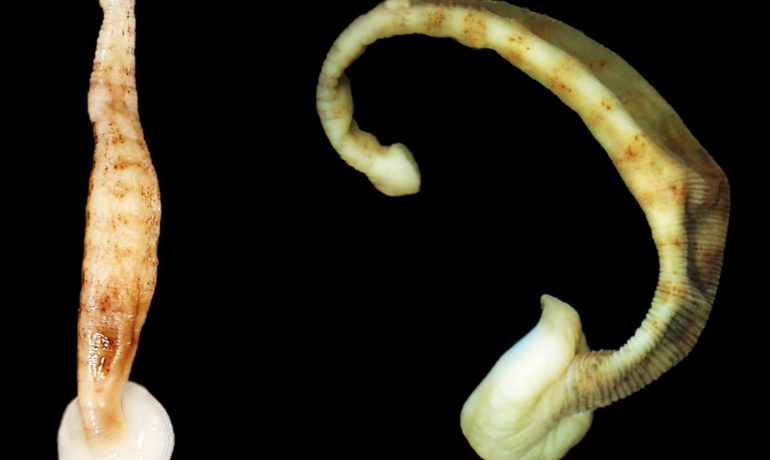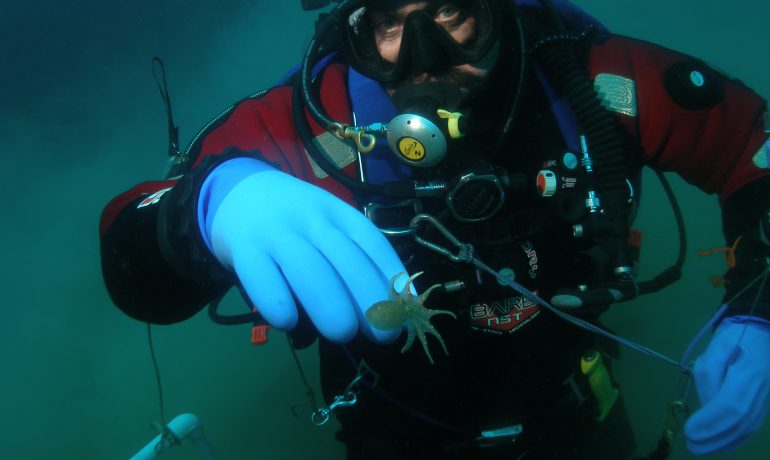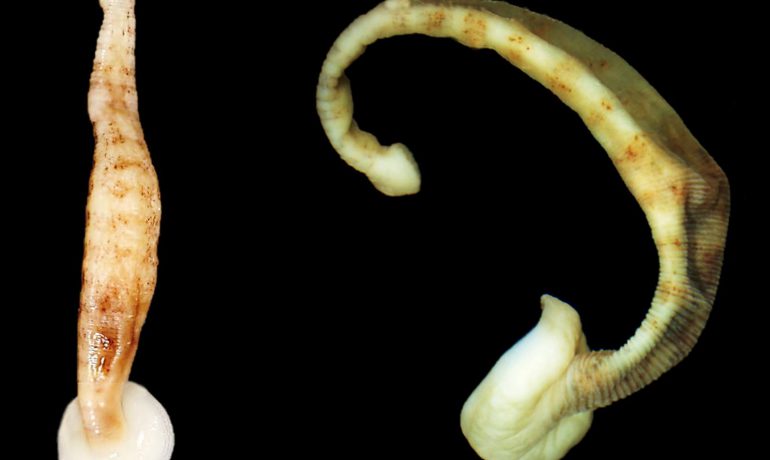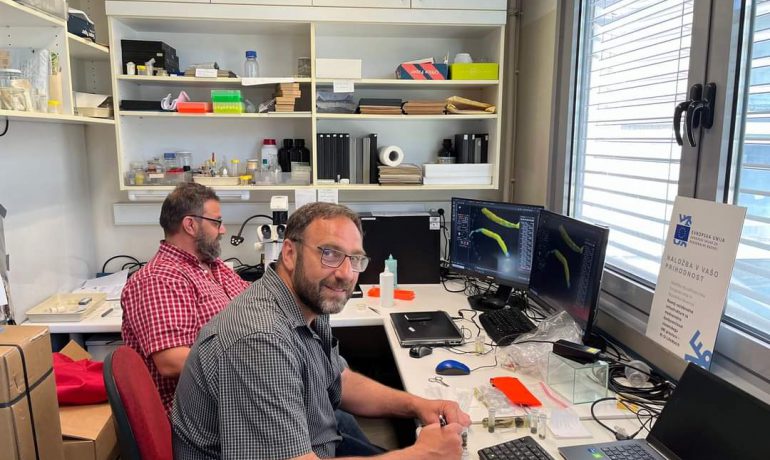Ukrainian zoologists Andriy and Serhiy Utyevskiy discovered a new species of Antarctic leeches, and also established that millions of years ago its ancestors migrated first from Antarctica to the Arctic, and then back to Antarctica! They performed this work in collaboration with foreign colleagues Aleksander Bielecki and Joanna Cichocka from Poland, Mario Santoro from Italy and Peter Trontel from Slovenia.
Together, the scientists studied the distribution of fish parasites – piscicolid leeches. Having discovered a new species, zoologists carefully studied its external and internal structure, as well as nuclear and mitochondrial genes.
“It turned out that the new leech belongs to a group called Platybdellina. They are common in the Arctic and adjacent waters of the Atlantic and Pacific Oceans. It’s the same as finding a polar bear in Antarctica!” Serhiy Utyevskiy noted.
Next, scientists began to study how such an extraordinary geographical distribution could arise, because most animals live exclusively either in the Northern or the Southern Hemisphere. After a series of studies, scientists have established incredible facts.
“Phylogenetic analysis and reconstruction of ancestral ranges showed that fish leeches have originated in the seas around Antarctica, then they have spread throughout the World Ocean, reached the Arctic and penetrated into the fresh water bodies of the Northern Hemisphere.
However, later the ancestor of our species returned from the north to the ancestral homeland of the entire family of fish leeches in Antarctica,” the researchers explained.
Molecular clocks showed that the new species split from its northern relatives about 1.76 million years ago during the Pleistocene, when the Earth’s surface experienced significant cooling. It was during this age that it was able to cross the tropics.
“We assigned the new species to a new genus, which we named Austroplatybdellina, which is Latin for “Southern Platybdellina,” because this Antarctic leech belongs to the predominantly northern Platybdellina group. The evolutionary history of the new species reminded us of the parable of the prodigal son, who left his father and wandered in distant lands, just like the Platybdellina leeches in the northern seas. Later, one of them returned to the southern ancestral home. The Latin for “prodigal” is “prodiga”. So, the full official name of the species we have described, new to science, is Austroplatybdellina prodiga,” said Sergiy Utyevskiy.
We remind you that the brothers Utyevskiy are famous researchers of the polar regions from Kharkiv (V. N. Karazin National University of Kharkiv). They have been studying leeches of different regions for many years: Serhiy – Arctic and Andriy – Antarctic (he was a winterer of the 8th UAE and a participant in numerous seasonal expeditions to Akademik Vernadsky station).
Currently, they have discovered 19 animal species new to science.
Link to the article about the new species of Antarctic leeches:
Andriy Utevsky, Serge Utevsky, Joanna M. Cichocka, Aleksander Bielecki, Mario Santoro & Peter Trontelj (2023) Return of the prodigal son: morphology and molecular phylogenetic relationships of a new Antarctic fish leech (Hirudinea: Piscicolidae) imply a bipolar biogeographic pattern, Systematics and Biodiversity, 21:1, DOI: 10.1080/14772000.2023.2246476





